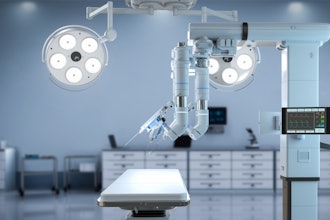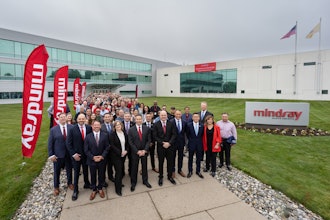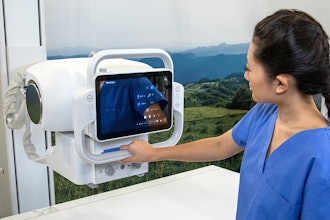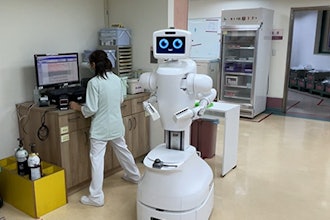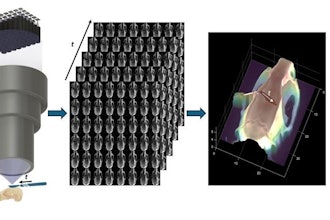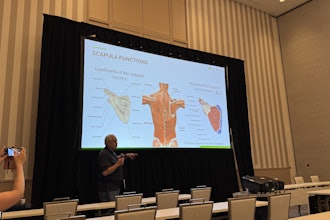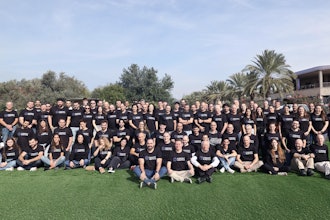In March 2017, we learned of Elon Musk's new venture, Neuralink, which was focused on linking brains to computers. The idea was that such a man-machine hybrid will be necessary for humans to keep up with artificial intelligence and could also be used to treat neural disorders.
This week, we not only found out a little bit about how the brain-computer interface works, but we also learned about robot that has implanted electrodes into 19 animals, mostly rats and at least one monkey.
The team, which now has around 100 employees, developed a robot that works like a sewing machine. Instead of needles, thread and fabric, the machine drills four 8-millimeter holes in your skull and stitches metal threads, or electrodes, into the brain. The threads are 75% smaller than a human hair and connected to a device that would be implanted behind the ear in humans. The device will collect and transmit the neuronal data, and a neurosurgeon oversees the implantation procedure.
In one test, a monkey controlled a computer with its brain, and in another test a computer recorded a rat's thoughts. Neuralink has been implanted in animals with an 87% success rate, but the data has thus far been unusable.
The researchers hope that Neuralink could one day be an elective procedure, like Lasik.
The company is now seeking FDA approval to start human testing, and hopes to test on five patients within a year.








